Blood pressure is the pressure applied to the walls of the arteries when your heart pumps blood. Normal blood pressure is 120/80 mm Hg. 120 is the pressure when the heart pumps, known as systolic pressure, and 80 is when the heart relaxes, also known as diastolic pressure. However, high blood pressure can cause many medical problems. As a result, you must know how to lower blood pressure instantly in an emergency.
What you should know:
- Types of blood pressure
- Sudden high blood pressure causes
- Symptoms of sudden high blood pressure
- How to lower blood pressure instantly in an emergency?
Types of blood pressure levels
High blood pressure refers to the progressive increase in blood pressure, which can strain the blood vessels and your heart over time. In addition, it narrows the blood vessels, leading to elevated blood pressure levels, further burdening the cardiovascular system.
Before you know “how to lower blood pressure instantly”, it is vital to understand all the types of high blood pressure to treat it better!
|
Blood Pressure Levels |
Systolic (mm Hg) |
Diastolic (mm Hg) |
|
Normal Blood Pressure |
Lesser than 120 mm Hg |
Lesser than 80 mm Hg |
|
High Blood Pressure |
Between 130 and 139 mm Hg |
Lesser than 80 mm Hg |
|
Stage 1 Hypertension |
Between 130 and 139 mm Hg |
Between 80 and 89 mm Hg |
|
Stage 2 Hypertension |
More than 140 mm Hg |
More than 90 mm Hg |
|
Hypertensive Crisis |
Higher than 180 mm Hg |
Higher than 120 mm Hg |
Sudden high blood pressure causes
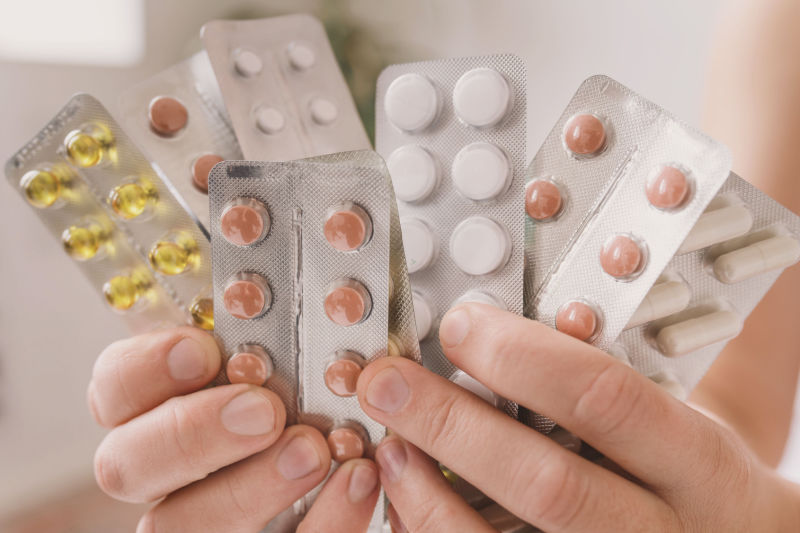
Sudden high blood pressure, or acute hypertension, can be alarming and requires immediate attention. So, if you want to know how to lower blood pressure instantly, you must watch out for potential underlying causes.
- Stress or anxiety: Intense emotional or psychological stress can trigger a sudden increase in blood pressure.
- Sedentary lifestyle: A lack of physical activity over time can cause sudden high blood pressure.
- Medications: Some medicines, like NSAIDs and decongestants, can cause a sudden spike in blood pressure.
- Kidney problems: Kidney diseases or disorders, such as renal artery stenosis or kidney infection, can lead to sudden high blood pressure.
- Hormonal imbalances: Conditions like hyperthyroidism can affect hormone levels and contribute to sudden blood pressure spikes.
- Certain medical procedures: Specific medical procedures, such as surgery or diagnostic tests, can temporarily raise blood pressure.
- Genetics and family history: A family history of hypertension can increase the likelihood of experiencing sudden spikes in blood pressure.
Symptoms of sudden high blood pressure
Here are some of the symptoms you should watch out for:
Nausea or vomiting
Sudden high blood pressure can trigger feelings of nausea or even lead to vomiting in some individuals.
Severe headache
Sudden and intense headaches, often described as a pounding or throbbing sensation, can indicate elevated blood pressure levels.
Pounding sensation
Experiencing pounding sensations in the ears and neck may indicate a sudden increase in blood pressure.
Vision problems
Sudden high blood pressure can damage visual perception. Your vision may become blurred, and you may experience difficulty focusing.
Fatigue
Feeling excessively tired, weak, or lacking energy can be a symptom of sudden high blood pressure.
Difficulty breathing
Breathing difficulties, shortness of breath, or a feeling of suffocation can be a warning sign of sudden high blood pressure.
Chest pain
Chest discomfort or chest pain may occur during episodes of acute hypertension and should not be ignored.
Mental fog
Sudden high blood pressure can make concentration difficult, and you may need help recalling even the most basic everyday details.
Excessive sweating
Excessive sweating, particularly when not engaging in physical activity or a hot environment, can be a symptom of a sudden spike in blood pressure.
Swelling
Sudden swelling in the legs, ankles, or feet could indicate that your blood pressure is out of control.
Be sure to visit a medical professional if you feel uneasy. Chronic high blood pressure can lead to chronic illnesses. So, it’s important to take symptoms seriously.
How to instantly lower blood pressure in a home emergency?

If you are wondering how to lower blood pressure instantly or just how to lower blood pressure, here are some of the tricks and practises you can follow:
The 60-second trick
Lower your blood pressure quickly with deep breathing: sit comfortably, close your eyes, inhale deeply through your nose for 5 seconds, hold for 1-2 seconds, and exhale slowly through your mouth for 5 seconds. Repeat for 60 seconds. This activates relaxation, reduces heart rate, and lowers stress hormones, providing immediate relief.
Drink water
Drinking water can help dilute your blood and temporarily lower blood pressure. Aim to stay adequately hydrated throughout the day, especially during an emergency.
Deep breathing techniques
Deep breathing techniques can help relax your body and promote a sense of calm. For example, take slow, deep breaths through your nose and exhale through your mouth. Reducing stress and tension can help lower blood pressure. Light physical activity, such as brisk walking or gentle stretching, can also help temporarily lower blood pressure.
Cold compression
Placing cold compresses, such as ice packs or cold towels, on your forehead, neck, or wrists can help constrict blood vessels and lower blood pressure. However, ensure the compresses are not too cold to avoid discomfort or skin damage.
Drink hibiscus tea
A cup of hibiscus or chamomile tea can also help you feel calmer. It is a good idea to stock up on these teabags. However, avoid black tea or coffee at this time.
Eat dark chocolate
You can also eat dark chocolate to help release endorphins that will calm you down.
Reduce sodium and increase potassium
Potassium also eases tension in the body. To lower your blood pressure, consider increasing your potassium intake and reducing your salt consumption.
Small, consistent steps over time are the best way to control high blood pressure. However, if you are in an emergency, remember to stay as calm as possible and follow the above points.
Stay tuned to the Activ Living Community. Keep updated with the latest health tips and trends through expert videos, podcasts, articles, and much more on nutrition, fitness, mindfulness, and lifestyle conditions like Asthma, Blood Pressure, Cholesterol, and Diabetes. Activ Living ke saath sahi sehat ki shuruaat ABHIkaro.
You may also be interested in the following blogs:
- Gut Feeling Good: Why Probiotic Drinks Are The Key To A Happy Digestive System?
- Craving For Something Delicious But Want To Stay Healthy? Dry Fruits Is Your Answer
Popular Searches
Fruits good for liver | Unhealthy foods | Ragi Benefits | Basal Metabolic Rate | Acupressure points for High Blood Pressure | Ayurvedic medicine for blood pressure | How to control cholesterol at home | Homeopathy for Asthma | Biological Age | Home remedies for TB | Natural beta blockers | Negative effects of internet | Types of walking | Blood pressure calculator | Blood sugar calculator | BMI Calculator





 1800-270-7000
1800-270-7000


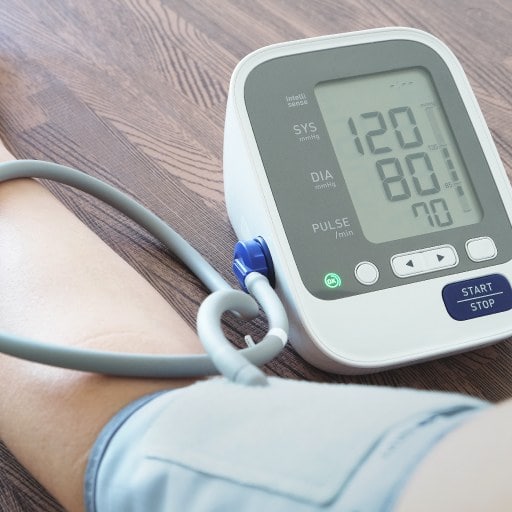
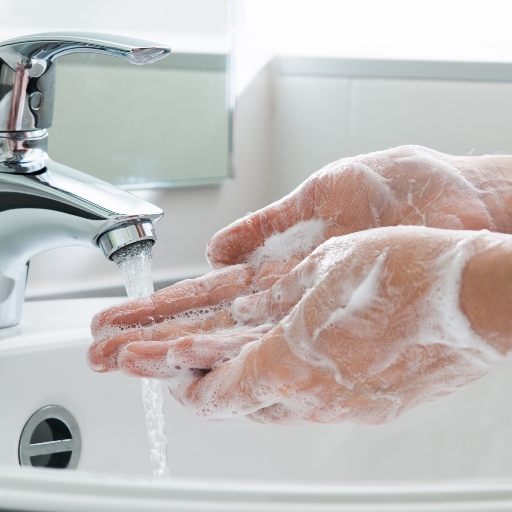
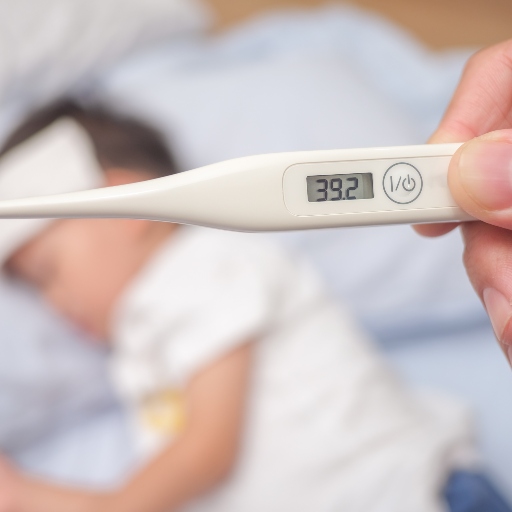
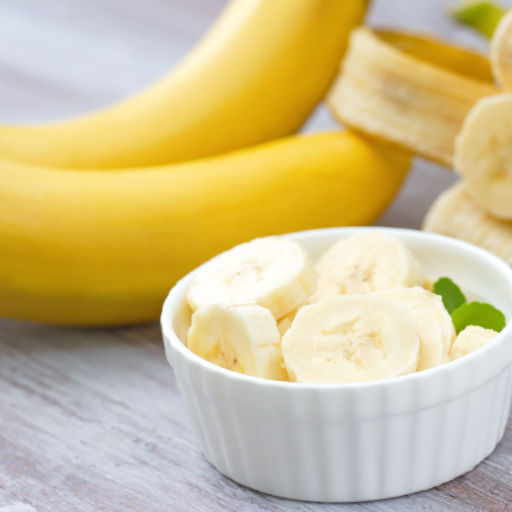




Good suggestions
Really nice tips and I tried one or two tips successfully too.
Thank you for your tips. Seems easy enough.
Thank you so much for the info.
I am looking for ways to RAISE my husband’s blood pressure. He is on meds for it. I take his pressure 2x daily.
PUSH FLUIDS. WATER.